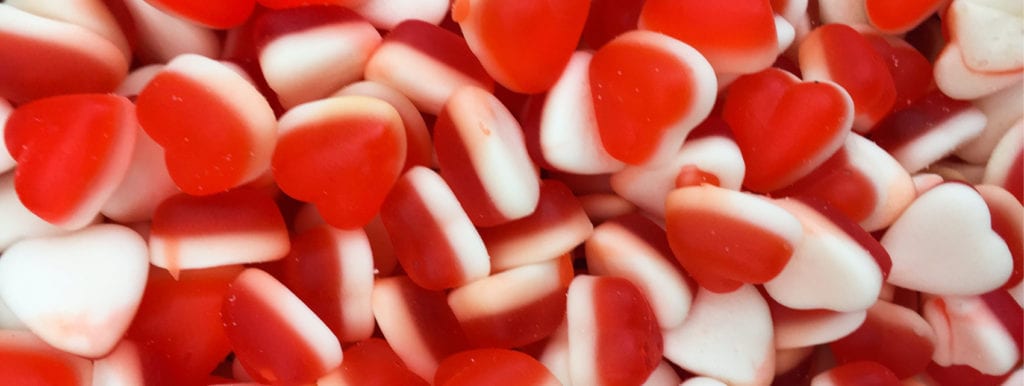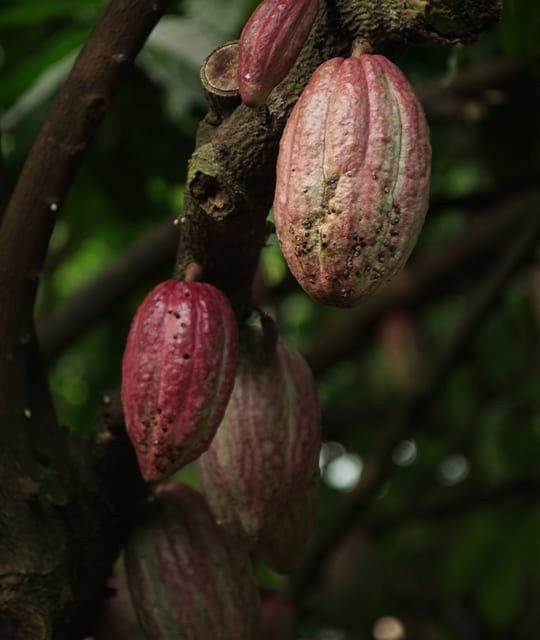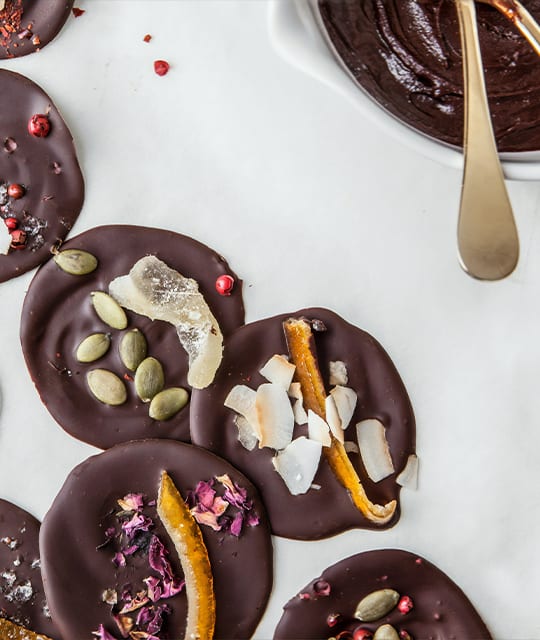Confectionery Trends after Coronavirus
2020 started off with real uncertainty for Brits, as the nation tried to figure out what exactly Brexit would mean for us. Whilst many were excited, there were (and still are) plenty of people scared of this uncertain outcome, as we cling to our island having isolated ourselves from the sheltered branches of the EU. And then along came Coronavirus, escalating our sense of isolation even further, and pushing not only the nation but the entire world into further uncertainty and thus, lockdown.
As we begin to cautiously peer around the corner and into the future of life with Coronavirus, we’re beginning to get a better idea of what may be on the horizon – back to work, but almost certainly no play. So, we’ll continue to find comfort in treats. Whether that’s online clothes shopping, spoiling our bored kids with new lego sets, or simply a bar of chocolate from your local social distancing supermarket – these small delights are here to stay.
With the upheaval that the first quarter of 2020 has seen already, all the January trend reports for various sectors have pretty much been made obsolete. So, here at Kingdom & Sparrow, we’re piecing together what we think certain industry landscapes may look like for the remainder of the year – starting off with our beloved confectionery sector. With this in mind, here are 5 confectionery trends that we think will shape what your local sweets and treats aisle looks like at the end of the year…

1. The Vegan Takeover
Despite making headlines for a real backlash, when M&S decided to promote their long-time favourite sweet, Percy Pigs, as being gelatine-free, they were onto something. Veganism is the biggest lifestyle movement in the 21st century, and this trend in particular will come as no surprise*. Fruit-tella have recently launched gelatine-free gummy sweets, whilst ALDI has announced its production of an entire vegan sweet range. Watch this space for more brands forging a space for themselves in this market.
*Nielsen, 2019

2. The Dark Side
Closely linked with an emergence of vegan-friendly products is the rise of dark chocolate. Many of the products with higher cocoa percentages are ‘accidentally’ vegan, with brands now catching on and using it as a selling point. Take premium brand Seed & Bean – they aren’t a vegan brand but all their dark chocolates are vegan. Perhaps because of this, or because of its longstanding reputation as a lower sugar chocolate option, sales in plain chocolate boomed in the UK – according to a recent Kantar study, sales rose a massive 14.7% last year, and are set to exceed that this year.
3. Subtly Sustainable
In addition to making healthier choices, the British public are becoming more and more concerned with sustainability, and not just when looking at packaging. Indonesia has seen export sales for their top agricultural commodity, palm oil, declining steadily – until the emergence of Coronavirus where demand fell through the floor*. The negative press around palm oil and its sustainability has led to many people avoiding products using it – sustainable or not. We have also seen the release of Cadbury’s rebrand, reinforcing their sustainability credentials and including the Cocoa Life logo on the Dairy Milk packaging. With more consumers looking to avoid plastic wrapping, and Coronavirus driving up the necessity of single-use plastics, we can only see sustainability becoming a more conscious thought in the consumer’s mind.
*Confectionerynews.com, 28 April 2020
4. Craft is life
This trend sees another of our favourite treats, craft drinks, come into play. Craft beer has explored all manner of flavours, allowing its popularity to boom – and allowing its followers to drink 46% more because there is a bigger range to choose from*. We’re expecting chocolate to be the same, with more flavour exploration and artisan ranges especially in conjunction with the demands of the more health-conscious consumer – smaller portions, and infused with tea, matcha and other healthy living trends.
*Lightspeed/Mintel, 2018

5. Journeys in Confectionery
This trend is in no way limited to confectionery – it’s been a big part of all brands, particularly in the food and drink sector, for a long time. It’s no secret that consumers are more likely to buy a product made by a brand with a story they connect with. Creating a strong brand with a memorable brand story is going to be more important than ever in the coming months, as consumers continue to connect with products that make it clear what ingredients are used, where they’re grown and who’s made it. An Innova Market Insights study found that 40% of global consumers want to know a brand’s story to learn these things. These brand stories can be enhanced by unique flavours, authentic recipes and small-batch/artisan products too, but the goal is clear – brands need to connect with consumers through storytelling.




